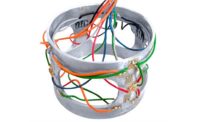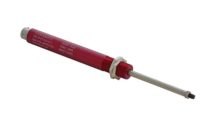Despite a persistent and incremental march toward automation, people are still necessary for much of manufacturing. Perhaps that will always be true for certain segments. Understanding variation is important whether the process is manual, automated or, especially, an amalgam of the two. We seek to understand the individual contributions of the processes to total variation. We do this via measurement systems analysis (MSA), and one technique associated with this is gauge repeatability and reproducibility, or gauge R&R.
To know when something is not performing correctly, we need to understand the range of typical or expected performance for the system, or the variation possible in the assorted product components and processes that will ultimately constitute the system. To gain this understanding, we must take the time to understand the contributing attributes that constitute variation inherent in the system. This is understood through MSA.
We start by describing common cause and special cause variation. Common cause variation is predictable variation associated with the material, product and processes. Special cause variation is variation outside the bounds of predictability.
We will need to sample parts. The best way to do this is to perform random sampling from the production run. Whether you are running at rate or doing a trial run, a random sample can provide source material to evaluate.
A gauge is a measuring tool used to confirm some physical attribute of the product. This instrument is used by line workers to assess some typically dimensional quality of the product during production. Gauge R&R is the way to understand how the interaction of the product, gauge and user can influence variation in measurements.
Repeatability refers to the measurements obtained by one person using one gauge or measuring implement. This is not a single event, but rather the measurement of the same characteristic many times. For example, we may have 10 identical parts. We will take the same measurement on each part three times, recording each.
Reproducibility refers to the variation of the measurements due to different workers using the same gauge, measuring the same attribute on the same parts. This is sometimes referred to as appraiser variation. To learn more about this terminology, consult ASTM E456-96.
Gauge R&R is a method that evokes the combination of the repeatability and reproducibility of manual measurements and, therefore, the capability of the measurement system. We are then able to determine the suitability and believability of the results. If we do not understand the variation, we will not know when we should intervene, or even if the data are valid and mean anything at all.


